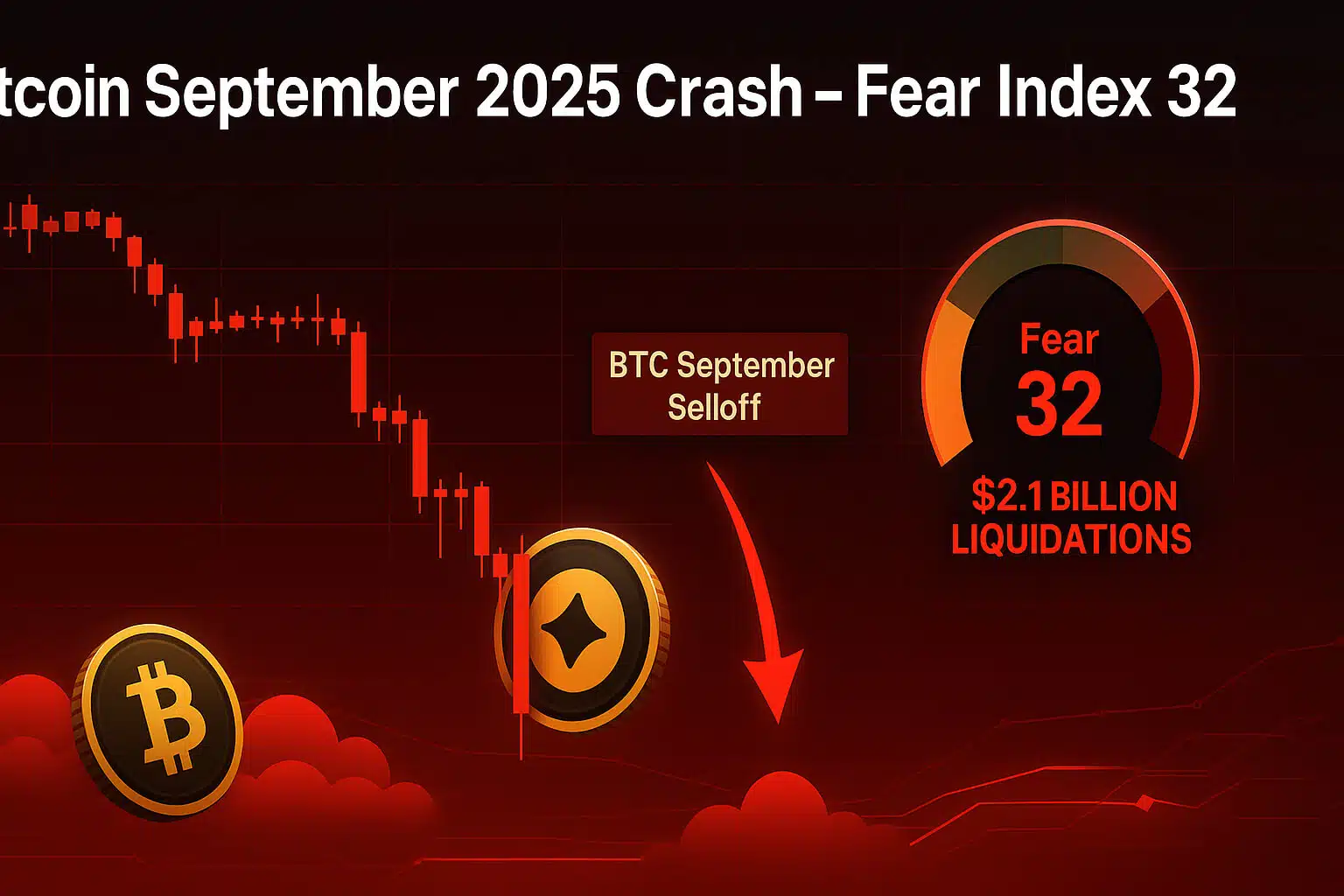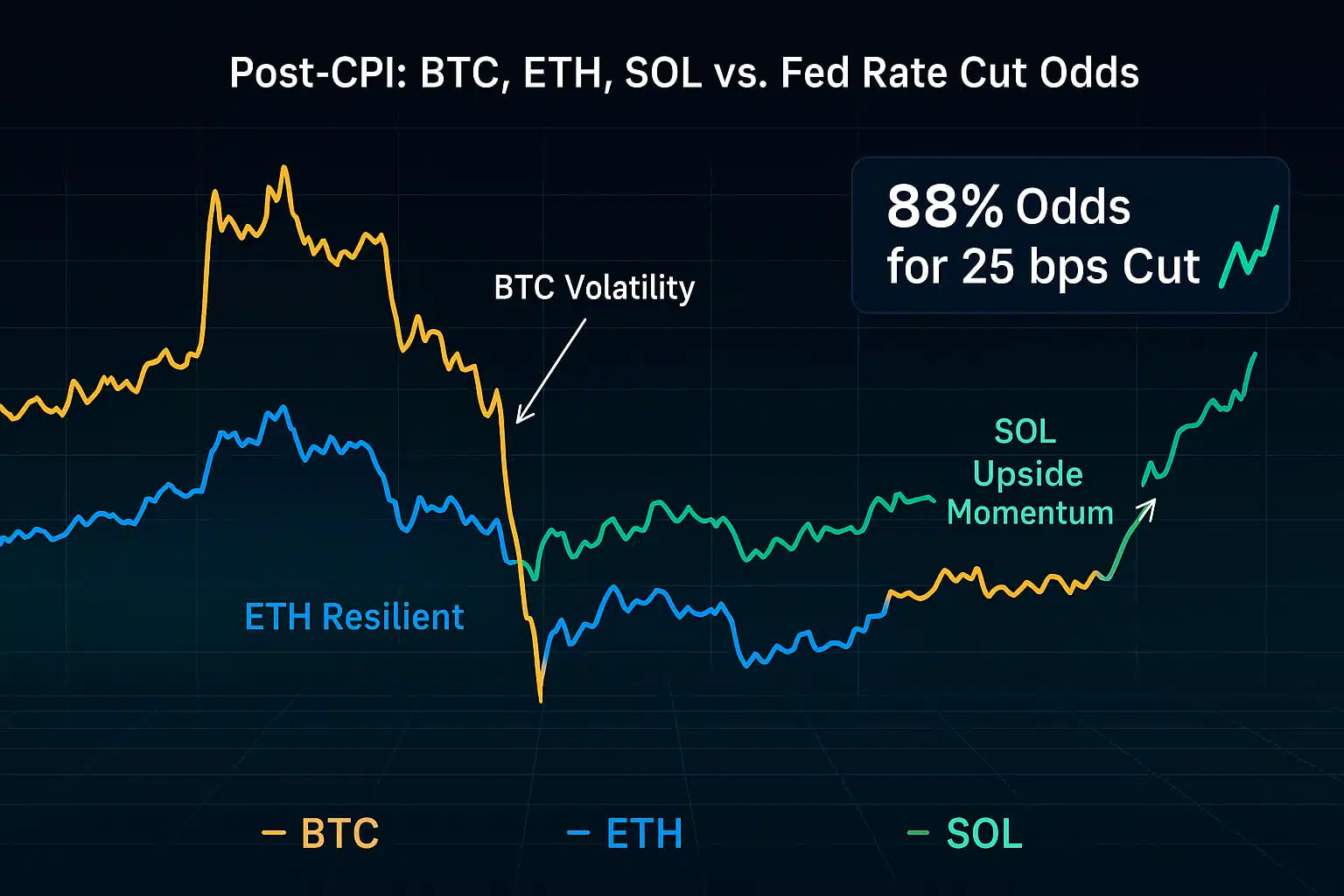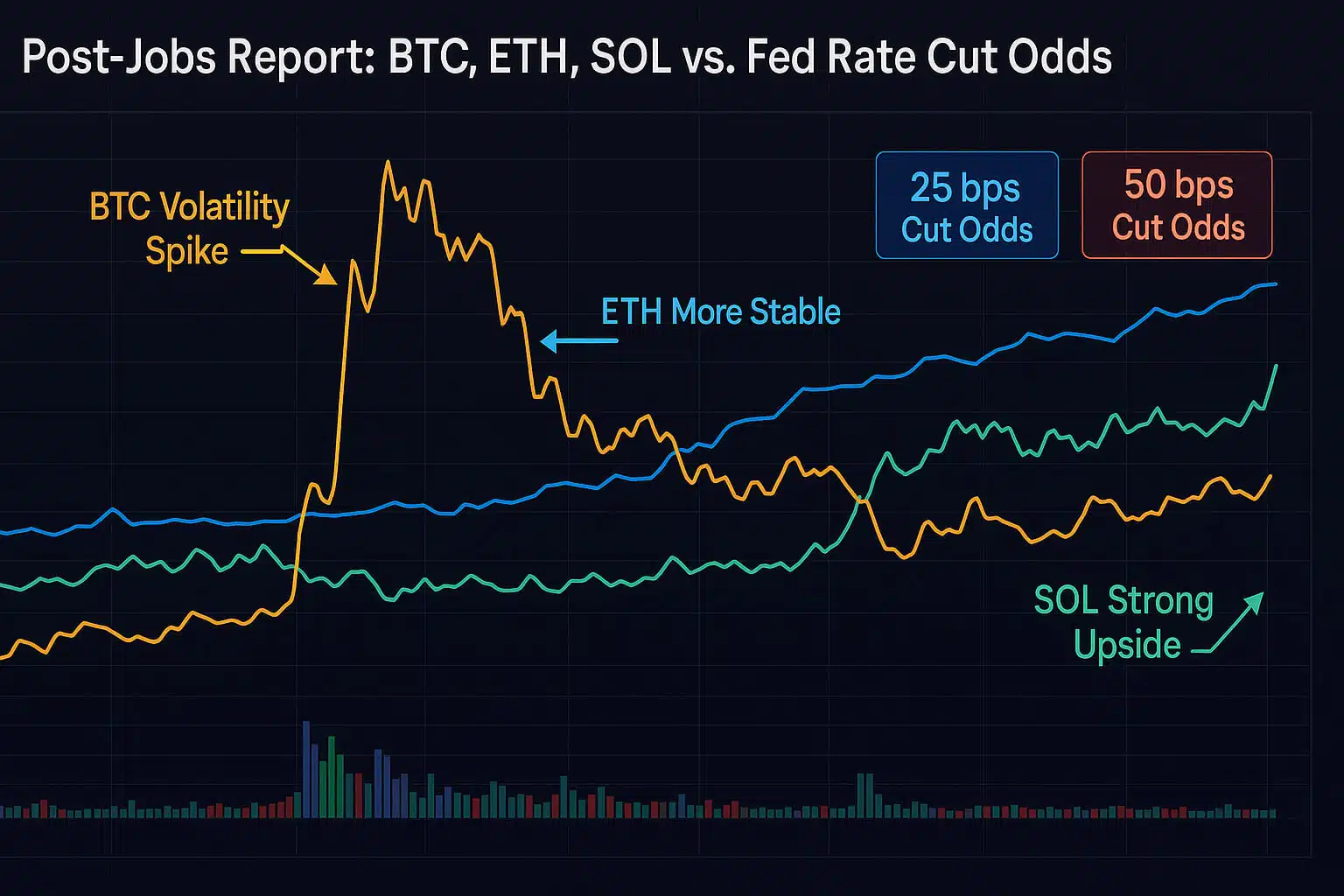1. The Importance of a Balanced Crypto Portfolio
Investing in cryptocurrencies can be both exciting and rewarding, but it also comes with its fair share of risks. The volatile nature of the crypto market means that prices can swing dramatically in short periods, which can be challenging for investors to navigate. One of the best ways to manage these risks is by creating a balanced crypto portfolio. A balanced portfolio helps to spread risk across different assets, reducing the impact of any single investment’s poor performance. In this guide, we’ll explore the steps you can take to create a balanced cryptocurrency portfolio, ensuring that your investments are both diversified and well-positioned for long-term growth.
2. Understanding the Basics of Portfolio Diversification
is a fundamental concept in investing, and it plays a crucial role in building a balanced crypto portfolio. The idea behind diversification is simple: by spreading your investments across different assets, you reduce the risk of losing a significant portion of your capital if one investment underperforms.
A. Why Diversification Matters
Cryptocurrencies are known for their high volatility, and investing in a single asset can expose you to significant risks. By diversifying your investments, you create a buffer against market fluctuations, as different assets tend to perform differently under various market conditions.
- Example: If you invest solely in Bitcoin, a significant drop in its price could have a major impact on your portfolio. However, if you also hold Ethereum, Binance Coin, and other altcoins, the overall impact might be lessened if those other assets perform better.
B. Different Types of Cryptocurrencies
When building a balanced crypto portfolio, it’s essential to understand the different types of cryptocurrencies available. Broadly speaking, cryptocurrencies can be categorized into several groups:
- Bitcoin and Major Altcoins: These include Bitcoin (BTC), Ethereum (ETH), and other established coins like Binance Coin (BNB) and (ADA). These assets typically form the foundation of most crypto portfolios due to their established market presence and liquidity.
- Stablecoins: These are cryptocurrencies pegged to stable assets like the US dollar (e.g., USDT, USDC) and are less volatile than other cryptocurrencies. They can provide stability within your portfolio and are often used for trading or as a hedge against market downturns.
- Utility Tokens: These tokens power specific platforms or projects, like Chainlink (LINK) or Uniswap (UNI). They can offer significant growth potential if the underlying platform becomes widely adopted.
- DeFi Tokens: Decentralized finance (DeFi) tokens represent projects aiming to revolutionize traditional financial services. Examples include Aave (AAVE) and Compound (COMP). DeFi tokens can be high-reward investments but also carry higher risks.
- NFTs and Metaverse Tokens: Non-fungible tokens (NFTs) and metaverse-related tokens represent digital ownership or experiences. Examples include Decentraland (MANA) and Axie Infinity (AXS). These are generally considered speculative and should occupy a smaller portion of a balanced portfolio.
3. Steps to Create a Balanced Crypto Portfolio
Now that you understand the basics of diversification, let’s explore the steps to creating a balanced cryptocurrency portfolio.
A. Assess Your Risk Tolerance
Before you start building your portfolio, it’s important to assess your risk tolerance. Your risk tolerance will dictate how much of your portfolio you allocate to high-risk versus low-risk assets. Consider factors like your investment goals, time horizon, and how much risk you’re willing to take on.
- Example: If you’re risk-averse, you might allocate a larger portion of your portfolio to Bitcoin and stablecoins, which are generally less volatile. Conversely, if you have a higher risk tolerance, you might invest more in altcoins and DeFi tokens, which have the potential for higher returns but also come with greater risk.
B. Allocate Your Investments
Once you’ve assessed your risk tolerance, the next step is to allocate your investments across different types of cryptocurrencies. A common approach is to use a core-satellite strategy, where the majority of your portfolio is invested in stable, well-established assets (the “core”), and a smaller portion is invested in higher-risk, higher-reward assets (the “satellite”).
- Core Assets: These might include Bitcoin, Ethereum, and stablecoins. They should make up the largest portion of your portfolio (e.g., 60-80%).
- Satellite Assets: These can include altcoins, DeFi tokens, and NFTs. They might represent a smaller portion of your portfolio (e.g., 20-40%).
- Example Allocation: A conservative investor might allocate 70% to Bitcoin, Ethereum, and stablecoins, 20% to other major altcoins like Cardano and Solana, and 10% to speculative DeFi tokens or NFTs.
C. Regularly Rebalance Your Portfolio
A key part of maintaining a balanced crypto portfolio is regular rebalancing. Rebalancing involves adjusting your portfolio to maintain your desired allocation. As the market fluctuates, some assets might grow faster than others, leading to an imbalance in your portfolio. Rebalancing ensures that you continue to manage risk effectively.
- Example: If your Bitcoin allocation grows from 50% to 70% of your portfolio due to a price increase, you might sell some Bitcoin and reinvest the proceeds into other assets to bring your allocation back in line with your original strategy.
4. Managing Risk in a Balanced Crypto Portfolio
Managing risk is crucial in the volatile world of cryptocurrency investing. Here are some strategies to help you manage risk effectively in your balanced crypto portfolio.
A. Use Stablecoins as a Hedge
Stablecoins can serve as a hedge against market volatility within your portfolio. Because they are pegged to stable assets like the US dollar, they can provide a safe haven during periods of market downturns. Allocating a portion of your portfolio to stablecoins can help preserve your capital and reduce overall portfolio volatility.
- Example: During a market downturn, you might increase your stablecoin holdings from 10% to 20% of your portfolio, reducing your exposure to volatile assets until the market stabilizes.
B. Diversify Across Blockchain Sectors
Another way to manage risk is to diversify your investments across different blockchain sectors. This approach ensures that your portfolio is not overly exposed to any single sector’s risks, such as DeFi, NFTs, or metaverse projects.
- Example: You could allocate 50% of your portfolio to established assets like Bitcoin and Ethereum, 25% to DeFi projects, 15% to NFTs, and 10% to metaverse tokens. This diversification reduces the impact of a downturn in any single sector on your overall portfolio.
C. Stay Informed and Adapt
The cryptocurrency market is dynamic, with new projects and trends emerging regularly. Staying informed about the latest developments in the market can help you adapt your portfolio to changing conditions. However, be cautious not to chase hype or make impulsive decisions based on short-term trends.
- Example: If you notice a growing trend in a new blockchain sector, such as decentralized identity solutions, you might consider allocating a small portion of your portfolio to leading projects in that space. However, you should do thorough research and avoid over-allocating to unproven assets.
5. Common Mistakes to Avoid When Building a Crypto Portfolio
Even with a solid strategy, there are common mistakes that investors make when building and managing a crypto portfolio. Here’s how to avoid them.
A. Overconcentration in a Single Asset
One of the most common mistakes is overconcentration in a single asset. While it might be tempting to go all-in on a cryptocurrency you believe in, this approach exposes you to significant risk if that asset underperforms.
- Example: An investor who puts 90% of their portfolio into Bitcoin is heavily reliant on Bitcoin’s performance. If Bitcoin’s price falls dramatically, the investor’s entire portfolio suffers. A more balanced approach would involve spreading investments across multiple assets.

B. Ignoring Smaller, Emerging Projects
While it’s important not to overconcentrate, it’s also a mistake to ignore smaller, emerging projects altogether. Some of these projects have the potential for significant growth, and allocating a small portion of your portfolio to them can enhance your overall returns.
- Example: A balanced portfolio might include a small allocation (e.g., 5-10%) to promising but lesser-known altcoins or DeFi projects. While these investments carry higher risk, they also offer the potential for outsized returns.
C. Failing to Rebalance Regularly
Failing to rebalance your portfolio regularly can lead to unintended risk exposure. As the market moves, certain assets may grow faster than others, leading to an imbalance. Regular rebalancing ensures that your portfolio stays aligned with your investment strategy.
- Example: If Ethereum experiences a significant price increase, it might grow to occupy a larger portion of your portfolio than intended. Rebalancing by selling some Ethereum and redistributing the proceeds can help maintain your desired allocation.
Building a Balanced Crypto Portfolio: Key to Long-Term Success
Creating a balanced crypto portfolio is essential for managing risk and positioning yourself for long-term success in the volatile world of cryptocurrency investing. By diversifying your investments across different types of cryptocurrencies, regularly rebalancing your portfolio, and managing risk effectively, you can build a portfolio that withstands market fluctuations and grows over time. Remember, the key to success is consistency, discipline, and staying informed about market developments. With a balanced approach, you’ll be well-equipped to navigate the ups and downs of the crypto market and achieve your investment goals.
For more insights and detailed guides on cryptocurrency investing strategies, visit our Cryptocurrency Comparisons Guides.
Stay Updated
For the latest tips and strategies on building a balanced cryptocurrency portfolio, follow us on:
Stay informed with the latest strategies and insights in the world of cryptocurrency at FreeCoins24.io.
Special Offer
Ready to start building your balanced crypto portfolio? Sign up on Bybit today and take advantage of up to $30,000 in deposit bonuses. Diversify your investments on a trusted platform.
















